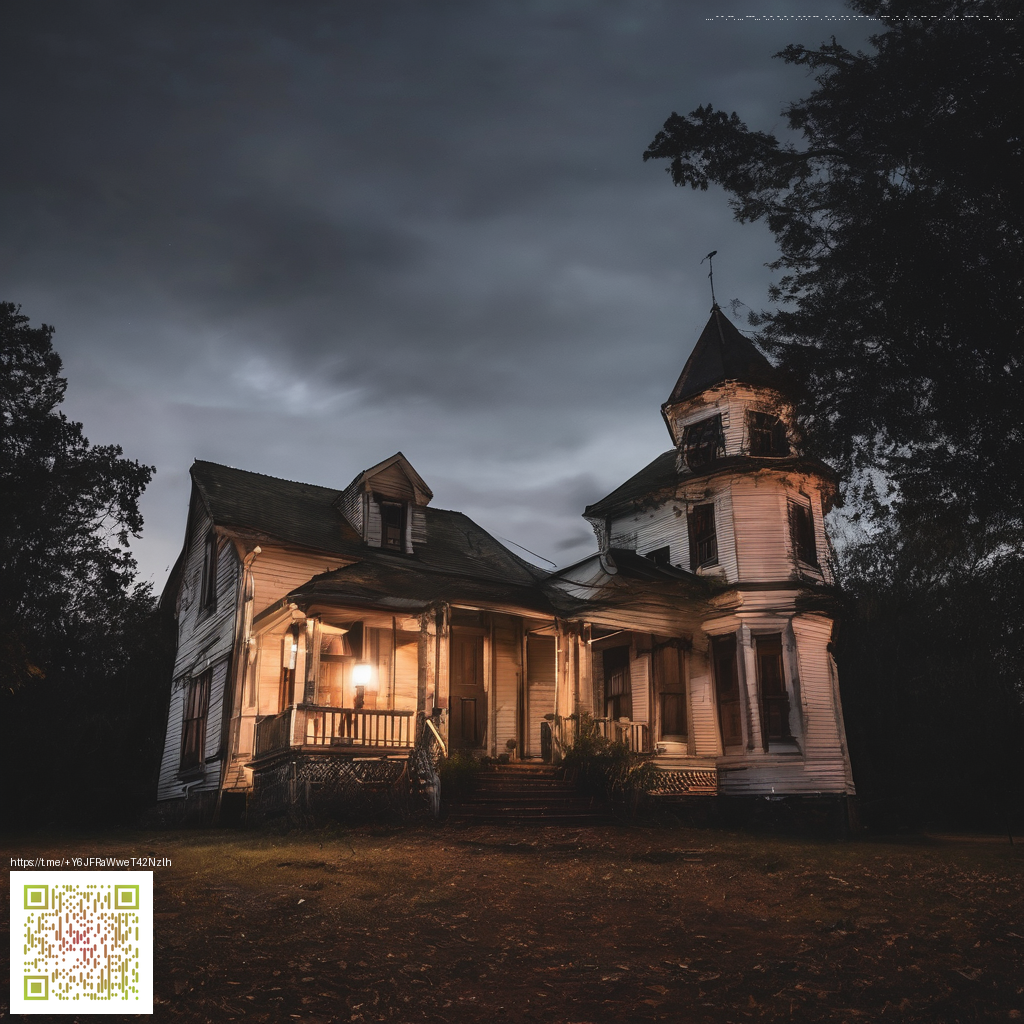How Physics Changed Platformers: From Jumps to Realism
Over the course of gaming’s evolution, platformers have shifted from brisk, reflex-driven experiments to intricate systems where physics does the heavy lifting behind every leap and landing. Early titles rewarded quick reactions and memorized routes, but as engines matured, players began to feel the weight, momentum, and gravity shaping each move. The joy wasn’t just in clearing a gap; it was in feeling the arc of a jump, the way a landing slows you down, and how a slippery slope can turn an ambitious speedrun into a carefully choreographed ballet of inputs. This transformation—from simple jumps to believable motion—has redefined what makes a platformer feel alive.
Realism in platformers isn’t about simulating every atom of motion down to the millisecond. It’s about constructing a believable framework of forces that remains intuitive to players. A jump becomes more than height; it becomes timing, arc, and post-landing momentum. Gravity is no mere backdrop; it’s a tuning parameter that influences how you traverse pits, pedestrians on a street, or wind-swept ramps. Friction, air control, and surface interaction all contribute to a sense of weight, balance, and rhythm. When developers strike the right balance, players experience a flow state—where controls respond predictably, yet feels wonderfully responsive and alive.
Core shifts in platformer physics
- Gravity and acceleration: Realistic gravity curves, air-time, and acceleration profiles create a sense of weight that remains consistent across different surfaces.
- Momentum and air control: Players can adjust their trajectory in the air, trading altitude for precision and speed, which opens up new routes and strategies.
- Hitboxes and collisions: Carefully tuned hitboxes prevent unfair deaths while preserving challenge and fairness.
- Surface interactions: Friction, bounciness, and slope handling shape how players approach platforms and transitions between environments.
As designers integrated these factors, the "feel" of a game—whether it’s snappy, deliberate, or weighty—became as important as visuals. Improved physics allowed for emergent gameplay: players experiment with momentum, chain moves together, and discover routes that reward spatial awareness and timing. The result is a landscape where practice translates into instinct, and players rarely need to memorize arbitrary rules; they learn to read the world’s physical cues.
“Great game feel is physics made tangible—players sense every force, every interface, and every landing.”
Behind the curtain, developers lean on physics tooling to deliver this experience. Modern engines and middleware provide the scaffolding for gravity curves, collision responses, and contact dynamics, freeing designers to focus on pacing, level geometry, and creative challenges. In practice, this means you can craft levels that reward landing precision, momentum chaining, and surface experimentation without sacrificing accessibility. For players who spend long sessions navigating physics-driven corridors, the choice of peripheral gear can subtly influence consistency and comfort. For instance, the Custom Neon Gaming Mouse Pad 9x7 Neoprene with stitched edges helps provide a stable, predictable surface for precise inputs during fast-paced moves and careful landings.
For a broader look at how these ideas unfolded across the genre, you can explore a detailed discussion on the evolution of platformer physics here: https://00-vault.zero-static.xyz/75b5bbb3.html. The article highlights how developers balanced challenge with realism, and why certain titles earned their reputation for tight, satisfying control. As you study responses to gravity, momentum, and collision across games, you’ll notice a common thread: physics is a design language that translates player intent into tangible feedback.
